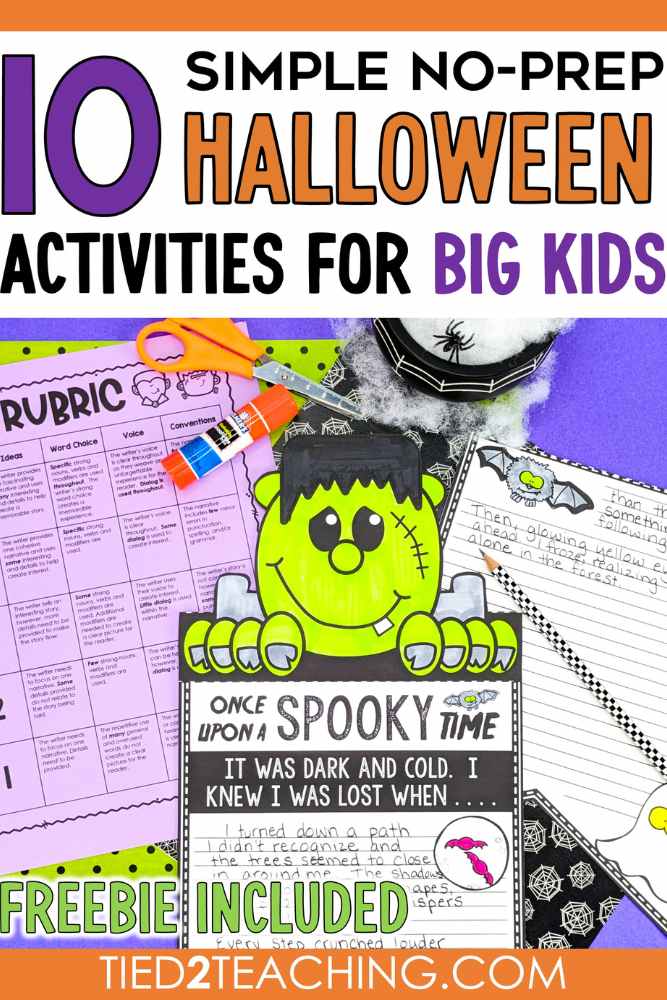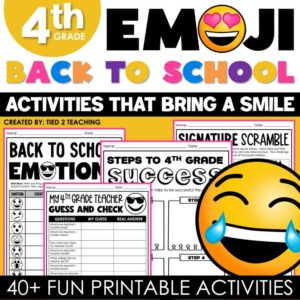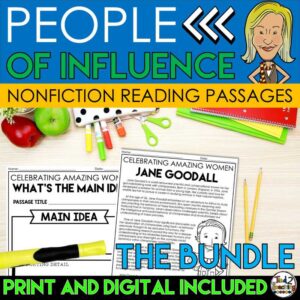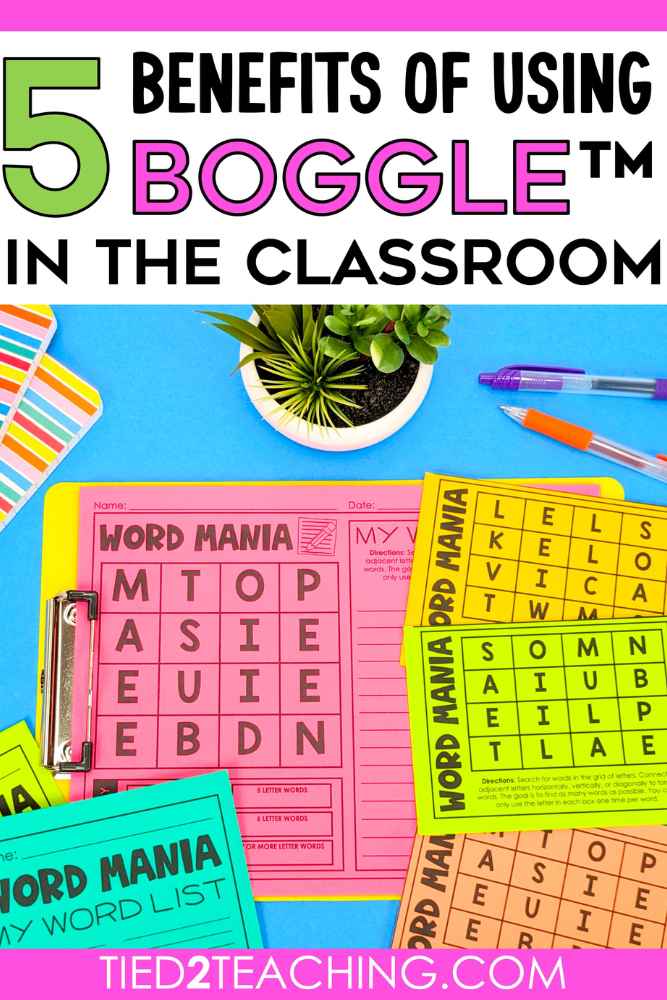

HELLO! WE’RE
MATT & TARA
We’re so glad you have visited Tied 2 Teaching. With over 20 years of experience in public school classrooms and as homeschool parents, we love helping upper elementary teachers with ready-to-go resources and ideas that will delight and inspire their students. We hope you find your time here encouraging and that you find tools to help lighten your load.
Let's Connect
Search
CATEGORIES
Products You'll Love
How to Get Students Talking About Books (Even Reluctant Readers)

We’ve all had that moment. You open a book discussion with a hopeful, “So… what did you think?” and are met with crickets. A few blank stares. Maybe a half-hearted “It was good.” And that’s it.
Some kids love to talk about what they’re reading. They’re natural bookworms, and are eager to share their thinking. But for others—especially reluctant or struggling readers—book discussions can feel intimidating or even boring. Over the years I have learned a few tricks to get every student engaged in talking about books, even my kiddos who would rather stay silent. I think you’ll find that these few simple strategies will help students feel confident, excited, and even eager to share what they’re reading.
Create a Book-Talk Culture Early On
If we want students to talk about books, we have to show them what that looks and sounds like. I like to start the year with short, engaging read-alouds and model how to react to characters, ask questions, and make connections. I let my kids see me as a reader who gets excited about books. When kids know it’s okay to be enthusiastic, unsure, or curious, they’re almost always more likely to speak up themselves.


Give Them Low-Pressure Ways to Share
Of course, not every student wants to raise their hand in a big group discussion—and that’s okay. Try using partner shares, small groups, or even written responses as stepping stones to bigger conversations. I like to use “Think–Pair–Share” or “Turn and Talk” moments often. They give students a chance to test out their ideas with a peer before sharing with the class, which builds confidence over time. My kids often like to share with a friend who sits next to them. One tool I find really helpful is a Read Write Pair Share graphic organizer. I have included one for FREE below! Make sure to grab it and give it a try!

Use Visuals to Jumpstart Conversation
Book covers, quotes, character charts, and even doodles really help spark conversation. Try inviting your students to sketch a favorite scene, create a character trading card, or design an alternate book cover before they talk about their reasoning. These kinds of visuals will give your kids an anchor—and make discussions more engaging both for your visual learners and reluctant speakers.
Give Purpose to Their Reading Responses
When kids know their thoughts will be shared and celebrated, they’re more likely to invest in the reading process. That’s why I LOVE using Book Report Pennant Banners as a creative way for my kids to reflect on and present what they’ve read. These pennants guide students through meaningful reading responses—summarizing the plot, analyzing characters, and sharing personal connections—all while giving them the chance to create something colorful and eye-catching.
My kids take so much pride in their work when they know it will be displayed. I’ve seen even my most hesitant readers get excited when their book report banner is hung in the hallway or added to a classroom bulletin board.

Ask the Right Questions
Asking my kids, “What was your book about?” has never opened the door to great conversations. I’ve learned to ask more open-ended or imaginative questions like:
- What surprised you about this book?
- Which character would you want to be friends with—and why?
- What would you change if you rewrote the ending?
- Would you recommend this book to a classmate? Why or why not?
Questions like these invite students to think more deeply and share their honest opinions—without worrying about getting the “right” answer.
Let Students Recommend Books to Each Other
There’s something powerful about peer recommendations. Try creating a class “Book Buzz” board or setting aside time for student book talks. When kids hear their classmates talk about books with genuine excitement, it creates curiosity and momentum. Even my most reluctant readers will sometimes read something new—just because a friend said it was awesome.
Getting students to talk about books isn’t just about checking off standards. It’s about helping them become thoughtful readers, confident speakers, and enthusiastic learners. When we create a classroom culture where books are celebrated, voices are heard, and ideas are respected, all students will learn to love talking about what they are reading.
If you’re looking for a simple, creative way to encourage meaningful book conversations and showcase student learning, check out my Book Report Pennant Banners. These templates help students organize their thoughts, engage more deeply with what they’ve read, and proudly share their reflections. It’s one of my favorite ways to get kids reading, writing, and talking with purpose.
Save These Teaching Tips for Later
If you found any of these ideas helpful, i’d love it if you would save these ideas to a favorite Pinterest board. This will make it easy for you to come back to when the time is right, and other teachers to find the ideas and the FREEBIE! Wishing you the very best!







